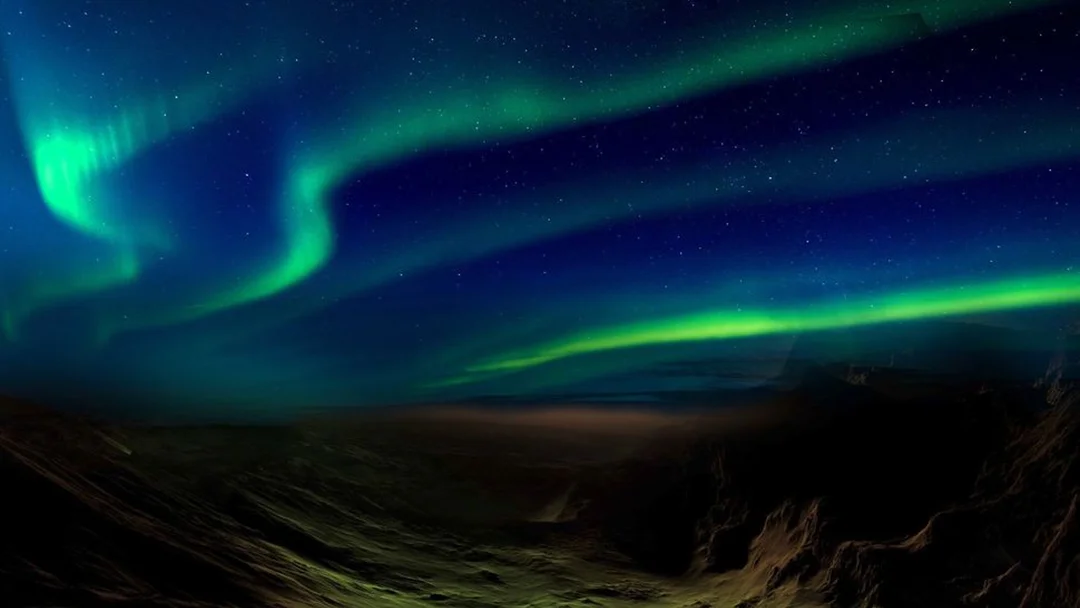
Martian Skies Aglow: NASA’s Perseverance Captures First Visible Aurora on Mars
For the first time ever, a visible aurora has been observed on Mars, a groundbreaking achievement captured by NASA's Perseverance rover. This historic event, triggered by a powerful solar storm in March 2024, offers a tantalizing glimpse into the Red Planet's atmospheric dynamics and provides a potential spectacle for future Martian explorers. But what makes this aurora so special, and what does it mean for the future of space exploration?
Prior to this discovery, auroras had been detected on Mars, but only in the ultraviolet spectrum, invisible to the naked eye. This new aurora, however, shone in green, a color emitted by excited oxygen molecules, marking the first time an aurora has been observed in visible light on a planet other than Earth. This historic event, reported in the journal Science Advances.

The aurora was the result of a coronal mass ejection (CME) from the sun. Elise Wright Knutsen from the University of Oslo, explained the importance of the aurora, “While the brightness of this event was dimmed by dust, events under better viewing conditions or more intense particle precipitation might be above the threshold for human vision and visible to future astronauts.” The ability to forecast these auroras could allow scientists to improve their understanding the space weather on Mars.
The Perseverance rover, launched in 2020 and exploring the Jezero Crater since 2021, was strategically positioned to capture the event. The team anticipated CME might hit Mars, and positioned the Mastcam-Z camera accordingly. Despite the low concentration of oxygen and presence of dust, the rover successfully documented faint green lights only after the glare from Mars' moon, Phobos, was removed.
Visible auroras on Mars were long assumed to be impossible, but this discovery challenges that assumption. Although future astronauts may be able to witness visible light auroras, Elise Wright Knutsen states that, “The green aurora on Mars has exactly the same color as the green aurora on Earth, but it still looks completely different,” and that the aurora is more or less uniform rather than a structured ribbon.

This finding holds immense significance for future Mars missions. It offers potential opportunities to witness extraterrestrial auroras firsthand, dependent on the intensity of solar events and the level of atmospheric dust. Also, scientists plan to use Perseverance to try to catch more of them to figure out how auroras happen on Mars, and to see some of the patterns that may emerge.
The discovery has spurred hopes that human eyes might witness extraterrestrial auroras in the future. Could the green glow of Martian auroras become a common sight for future astronauts on the Red Planet? What other secrets does the Martian atmosphere hold?
Share your thoughts on this groundbreaking discovery in the comments below!